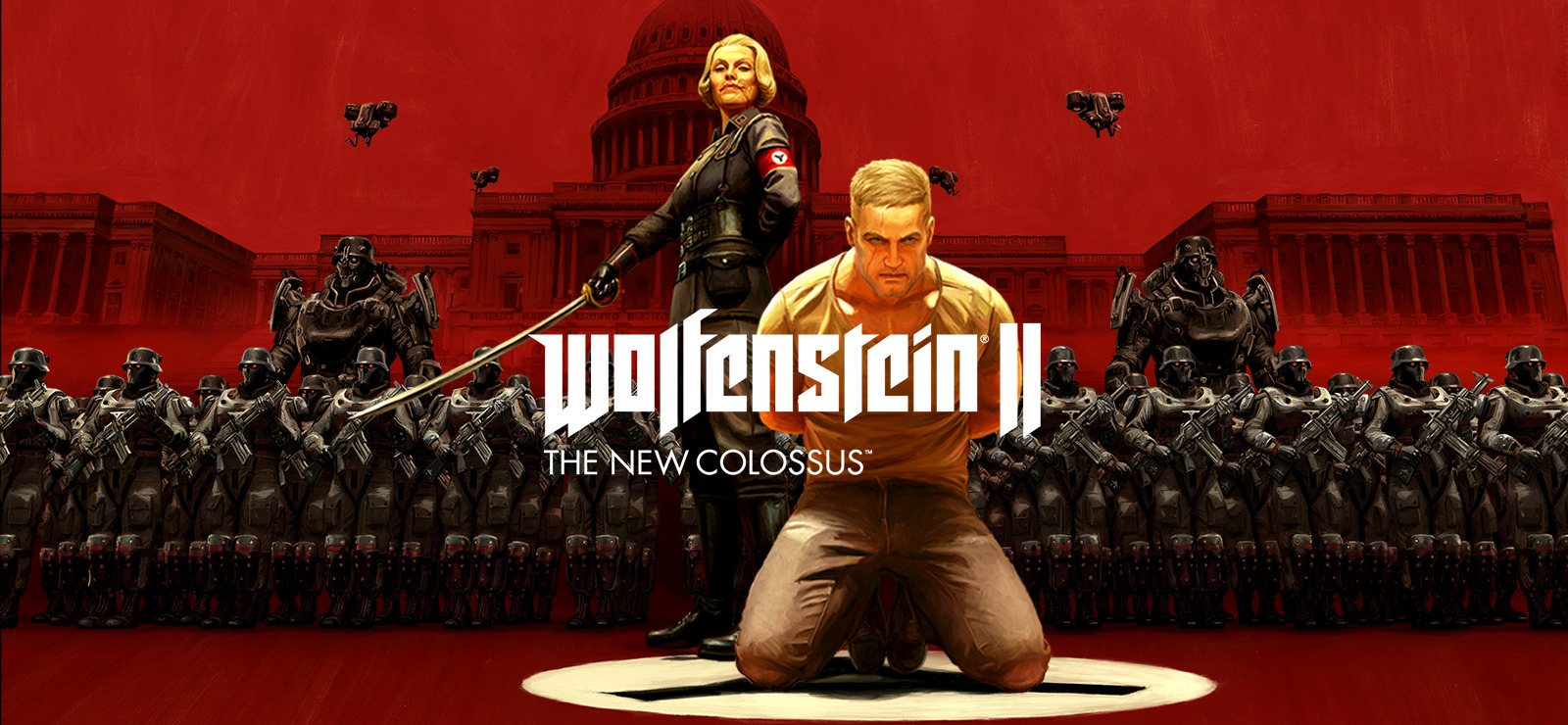Is it possible to play Wolfenstein II: The New Colossus on Mac?
Wolfenstein II: The New Colossus is a sequential chapter after the widely-applauded Wolfenstein: The New Order was first released in 2014. The bloodthirsty first-person shooter yet again spawns you into a body of William Joseph Blazkowicz, who, in unity with his comrades, builds up resistance against the parasitic Nazi regime set up by Germany in the alternative futuristic past. Likewise, to the previous Wolfenstein chapter, the game combines scenes of severe shooting and stealth types of mission approaches. Players will also experience numerous cut scenes and character-to-character dialogues, forming the whole plot full of unexpected twists. Being a Polish-rooted Jew, actively hunted and simultaneously feared by enemy forces, you will die and revive to be in the head of resistance and go through a bloody path to put the end to Nazi bastards who hold the entire world in terror and promote non-humanistic order of living. The New Colossus was released in 2017 and has no official release for macOS. Although it is like that indeed, the tutorial below will help you launch and play it on highly satisfying graphics even on game-shallow macOS.
Play Wolfenstein II: The New Colossus on Mac with Parallels

Wolfenstein II: The New Colossus requires lots of PC resources, but if you have a powerful Mac computer (iMac, iMac Pro, or Mac Pro) Parallels Desktop can be a solution. This is an application that allows for Windows virtualization on Mac with the full support of DirectX and GPUs. In simpler terms, what this means is that it allows you to install Windows 10 on Mac with just a couple of clicks and switch between MacOS and Windows instantly. So you will be able to run Windows, install Steam, and enjoy the Wolfenstein II: The New Colossus game on Mac just like on a regular PC.
Note: Recommended devices to run resource-demanding games: MacBook Pro (models with an Intel processor, discrete graphics cards, and 16 GB of RAM or more), iMac (models with Intel processor, discrete graphics cards, and 16 GB of RAM or more), iMac Pro (all models are suitable), Mac Pro (all models are suitable). Parallels on Mac computers with M1 (M1 Pro, M1 Max) chips may not support recent games. Games that require DirectX 12 and later are currently not supported by Parallels. AppsOnMac recommends using Parallels’ free trial feature to determine whether you can run the game or not if you’re uncertain.
Play Wolfenstein II: The New Colossus on Mac with cloud gaming services
If you have an old Mac, or it cannot satisfy the Wolfenstein II: The New Colossus game system requirements, there is an easy solution. Cloud gaming services will be happy to provide you with sufficient computing power – though not for free, of course. All you need is a browser or a small client program and a good internet connection starting from 15 MBit/s. There are several great platforms that provide these services, among the best are Boosteroid, Xbox Cloud Gaming, and Nvidia GeForce Now.
Play Wolfenstein II: The New Colossus on Mac with BootCamp
Note: Mac computers with new Apple Silicon (M1, M2, M3 Pro, or M1, M2, M3 Max) currently do not support BootCamp. In this case, please, use the options above to run Wolfenstein II: The New Colossus on Mac.
This method is simple but time-consuming. If your Mac meets all the system requirements above, you can play Wolfenstein II: The New Colossus on Mac by installing Windows. You need to set up a dual boot of Windows and Mac via BootCamp. This is an application that allows users to choose the system to work in on startup, however, you won’t be able to switch between systems like in Parallels. You will need to reboot your machine every time you want to switch from Mac to Windows and vice versa. Remember that Mac is just a computer, in the end. And while newer Macs have their own special Apple Silicon chips that cannot run Windows, older Macs are very much similar to computers that run Windows, they have Intel processors, compatible RAM, disks, and other components. So you can install Windows on an older Mac by allocating no less than 64 GB of disk space (to be able to run Windows and a couple of games) and following these steps:
For OS X El Capitan 10.11 and older
For MacOS versions prior to OS X El Capitan 10.11 you will need to create a bootable Windows USB.
- Download this Windows ISO file.
- Open Boot Camp Assistant (Go to Applications > Utilities).
- Define the Windows partition size and choose the Windows ISO file you’ve downloaded.
- Format the Windows partition and go through all Windows installation steps.
- When Windows boots for the first time, follow on-screen instructions to install Boot Camp and Windows support software (drivers)






